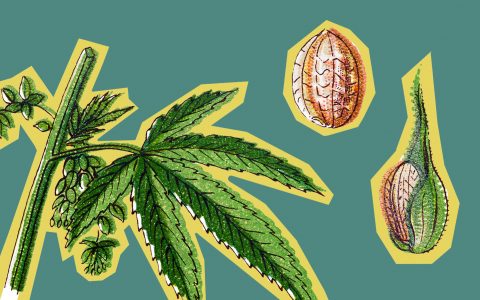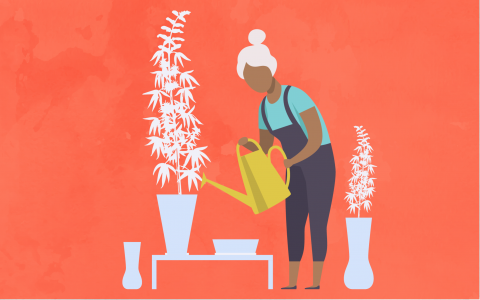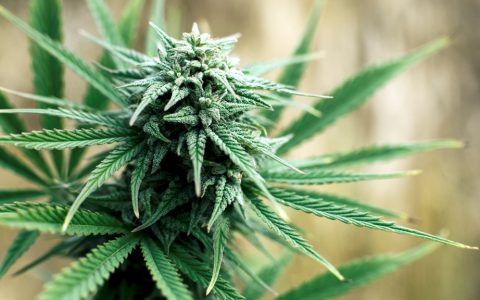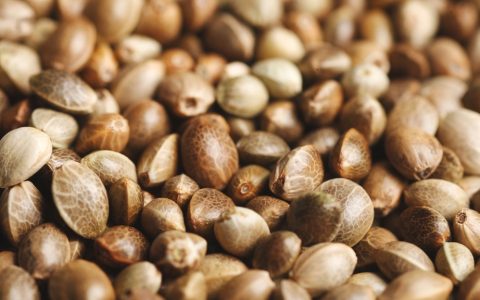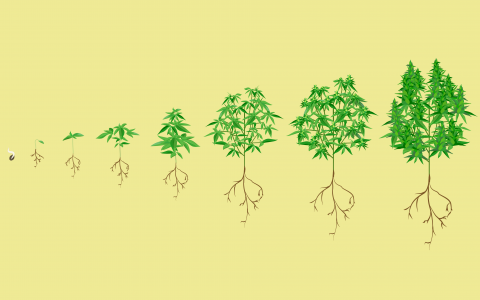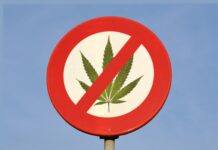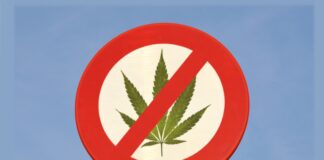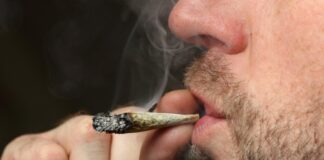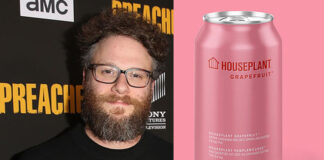You just picked up a new strain that you’ve been waiting to try. The moment you get home, you rip into the package and take in its smell. When you dive in deeper, you spot something buried within the bud. It’s small, round, and has an outer casing.
Congratulations, you’ve found a seed. More specifically a bagseed, as the seeds found in packaged or bagged flower are commonly called.
Maybe congratulations aren’t quite in order. Depending on where it came from, who you ask, and if the seed is viable or not will affect your level of excitement.
While finding a seed in your stash is not ideal for truly exceptional flower and much less common than it once was, it is a pretty ordinary occurrence. Anyone who has been smoking cannabis for some time has undoubtedly come across a bagseed. Sometimes you’ll notice one when grinding down some flower or you’ll see it pop, spark, and crackle as the heat of your lit bowl pops the precious kernel within.
Ok, so you found a bagseed. Now what?
Is Bagseed Good or Bad?
Seeds found in finished cannabis flower can develop for a number of reasons. A nearby male plant can accidentally pollinate a flowering female. More commonly, though, they’re a sign of stress and can be attributed to high temperatures during the final stages of flowering or an exaggerated spike in climate or environment.
Seeds can also form in plants with genetic disorders or instability, like hermaphrodites—plants that develop both male and female reproductive parts. Generally these conditions are viewed as negatives, and for that reason alone, temper your expectations with any plants you start from a bagseed.
If found before lighting it on fire, the first thought from excited smokers is: “Let’s grow some weed!” But before you jump in headfirst, ask yourself a few questions to help decide if it’s worth the time and energy to grow the seed.
Was the Seed Found in Good Cannabis?
The first and most apparent question you should ask yourself is whether you enjoy the cannabis that the seed turned up in. If you don’t like the flavor, effects, or even the looks of the bud, then it’s probably not worth growing.
Strains like the legendary Chemdog wouldn’t be possible without adventurous smokers planting and proliferating the seeds they found in a bag.
Sometimes you’ll get lucky and find a mature seed in some really nice herb. Strains like the legendary Chemdog wouldn’t be possible without adventurous smokers planting and proliferating the seeds they found in a bag of kind bud.
So don’t discount your bud just because there’s a seed or two in it. While not ideal, it could be the origins of the next great cannabis strain.
Are You Ready to Grow?
Growing cannabis takes a certain level of commitment. Plants need nurturing for months in the right environment with a close eye for detail. All this takes investment. Whether it’s time, energy, or financial resources, you’ll have to commit to the whole process if you want to produce something you’re proud of.
Fear not! If you’re simply curious to learn how cannabis grows and less concerned with the overall outcome, you can plant a couple of bagseeds outside and see what the result are.
If you’re ready for a more serious approach, make sure you have the space for a proper garden and pop the seeds to see what fruit they bear. That is, if the seeds you found are viable.
Is the Seed Viable?
If you like the strain and you’re ready to grow, then it comes down to whether or not the seed is viable, or able to successfully germinate. For a seed to be viable, it must be mature enough to have a completely formed genetic blueprint and it must be strong enough to “pop” through its hard casing and sprout its crucial tap root.
Immature seeds tend to be light in color and have a soft outer shell.
Stress on a plant and unstable environments can produce bagseeds, and often, a bagseed’s viability is questionable at best.
There are a few indicators that will give you a sense of whether the seed is worth germinating. Immature seeds tend to be light in color and have a soft outer shell.
Visual signs like tiger stripes—dark stripes that resemble tiny roots or veins on a leaf—are generally good. A seed with a solid shell will withstand a little pressure when pinched between your fingers. If it crumbles or cracks, the seed will be effectively destroyed, but don’t agonize over your loss.
In some cases, even if a seed isn’t completely mature, there’s still a chance it could be viable. But often these are extremely weak, take long to develop, and express other unfavorable characteristics. Growers usually discard weak plants to free up space in their limited gardens.
However, I’ve watched seeds that I had zero faith in their ability to germinate turn into strong, healthy plants—but that isn’t common.
You might also find a mature seed that has been physically damaged through poor handling, like rough trimming. In those cases, it probably isn’t worth the effort to try and germinate the seed.
But if the seeds you found look decent or even questionable, you might as well germinate them and see what sprouts.
Time to Germinate
Viable or not, there’s only one sure way to find out. Once you’ve decided you’re going to see what those beans can do, it’s time to germinate. Germination is the incubation period that encourages seeds to sprout and develop into a new plant.
There are a number of different ways you can germinate cannabis seeds, but they all require the same things to be successful: water, heat, and air. For a complete, step-by-step guide, check out our article How to Germinate Cannabis Seeds.
Even if your seed sprouts fast and grows vigorously, it has roughly a 50/50 chance of being female and producing seedless, cannabinoid-rich flowers.
Remember, once a seed germinates, the real work begins. Sexing, selecting, vegetative growth, flowering, and the eventual harvest all lie ahead.



